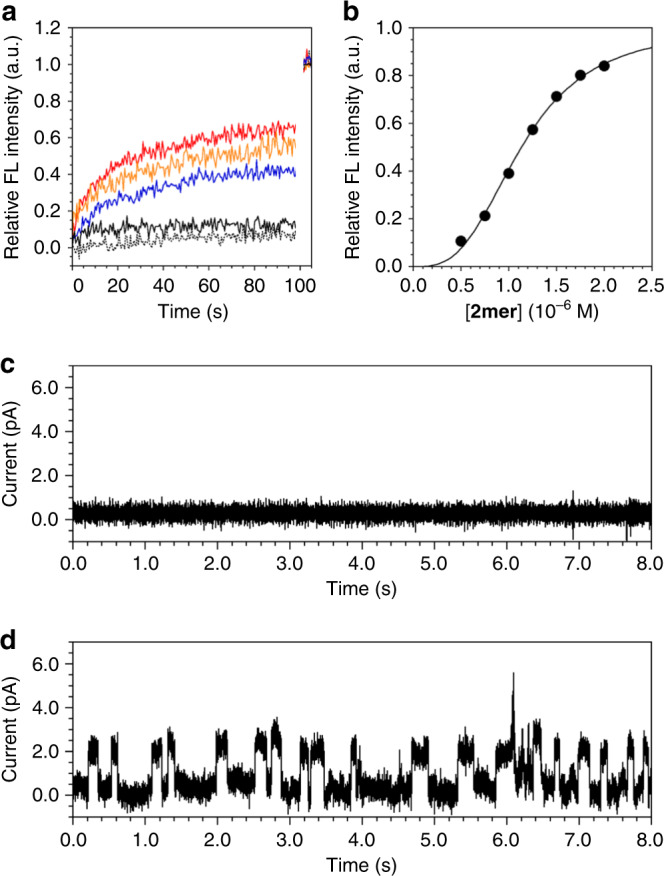Fig. 4. Ligand-gated ion transportation of membrane-embedded multiblock amphiphile.

a Changes in the 510-nm fluorescence intensity of HPTS encapsulated in DOPC•2merpost LUVs in HEPES buffer containing PA at 20 °C as a function of time after the addition of (red) LiOH, (orange) NaOH and (blue) KOH at 0 sec followed by addition of 1.0 wt% Triton X-100 at 100 sec ([DOPC] = 400 μM, [2mer] = 0.75 μM, [PA] = 10 mM, [HPTS] = 30 μM, 20 mM HEPES, 50 mM KCl, pH 7.1, excitation at λ = 460 nm, emission at λ = 510 nm). The black broken and solid lines show changes in the fluorescence intensities of HPTS encapsulated in (broken) DOPC•2merpost LUVs and (solid) DOPC•2merpost LUVs containing PA in the intravesicular medium in HEPES buffer in the absence of PA in the extravesicular medium upon addition of LiOH. ΔpH = 0.8 (7.1–7.9). b Plots of relative 510-nm fluorescence intensities of HPTS encapsulated in DOPC•2merpost LUVs at 20 s after the addition of KOH in 20 mM HEPES buffer containing 50 mM KCl at 20 °C as a function of the concentration of 2mer ([DOPC] = 400 μM, [PA] = 10 mM, [HPTS] = 30 μM). Curve-fitting analyses were carried out by the Hill equation. c, d Current traces at the applied voltage of 100 mV of a DOPC•2merpost BLM ([DOPC]/[2mer] = 60,000/1) in HEPES buffer (20 mM HEPES, 50 mM KCl, 2.0 mM MgCl2, pH 7.5) c before and d after addition of PA (200 nM) at 20 °C.
